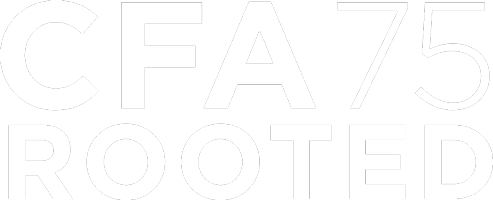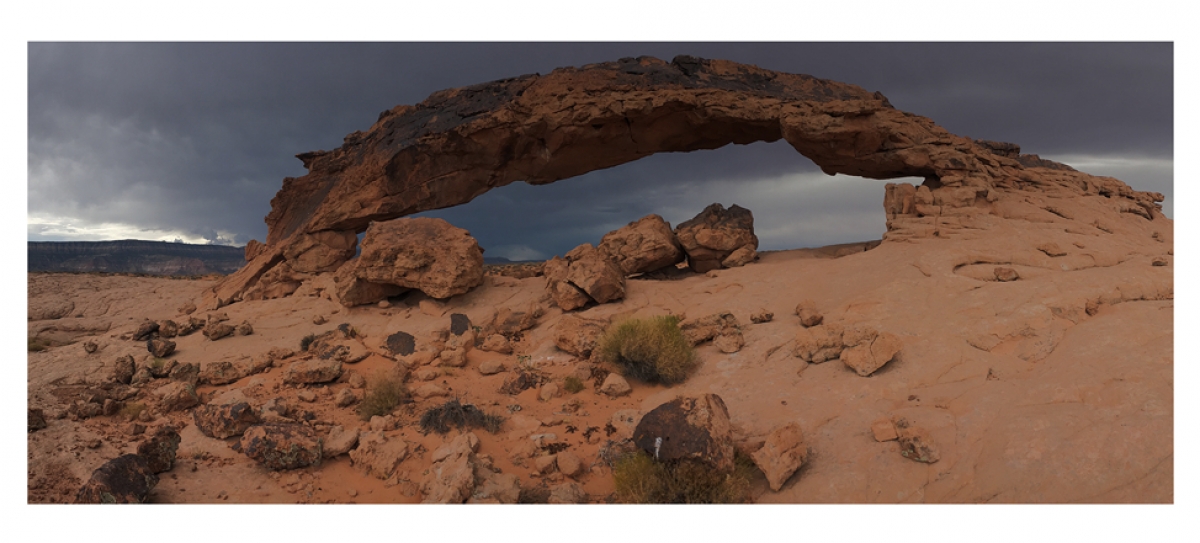Exhibit illustrates how shrinking national monuments threats Utah’s famous arches. Displacing Vibrations is a multi-media exhibition by artist Wendy Wischer, in collaboration with geophysicist Jeffrey Moore. The exhibition creates a unique experience of sound, sculpture, installation, video and non-traditional drawing, while shifting fragmented angles of perception through making the invisible visible and the inaudible audible, allowing sensorial enhancement of what appears familiar by providing new ways of experiencing, enriched observation and new forms of interpretation.
In December 2017, less than one year after being designated as a National Monument, the boundaries of Bears Ears were cut by 85 percent. In the same stroke, Grand Staircase-Escalante National Monument, in place since 1996 and hosting world class natural resources, was reduced by 47 percent. With the reductions, 115 natural rock arches were stripped of federal protection. These arches evolved in isolation over thousands of years in one of the most remote, wild, and challenging landscapes of the American West. Recent human encroachment and planned extractive actives now threatens to place increasing stress on these activities. These natural sculptures, formed over millennia through erosion, are in urgent need of protection and prudent conservation management supporting their long term preservation.
Natural arches are constantly vibrating; like a guitar string plucked by the wind or background drone of the Earth’s energy, they each vibrate with a unique set of tones set by their geometry and material properties. These tones represent a voice, a hum previously unknown to humans because it occurs at inaudible frequencies and is too subtle to feel. Speeding up ambient vibration recordings generated with ultrasensitive seismometers now makes this voice audible. Beyond a new sensory experience, vibration recordings also offer experimental means to assess structural change, concepts established in engineering and now applied for this first time to monitor the structural health of rock formations. Arches are humming their health and we’ve only begun to hear what they have to say.
Jeffrey Moore is an Associate Professor of Geology and Geophysics at the University of Utah. Together with PhD students Paul Geimer and Riley Finnegan, the team has spent the past several years establishing ambient vibration sensing methodology to measure the resonance of rock arches, tracking changing frequencies over time and assessing the impact of anthropogenic vibration energy on arch stability. Moore’s team is supported by a grant from the National Science Foundation.
Wendy Wischer is a multi-media artist and Assistant Professor in Sculpture Intermedia at the University of Utah. She uses her creative research to highlight environmental issues, translating data into personal understanding and creating artwork that moves the viewer in poetic ways. She seeks a wide range of information that can be used creatively to link nature with technology, science with mythology, and personal identity with universal connections in hopes of finding impactful ways to connect people more deeply with the environments they live in and with each other.
Addressing our increasing global climate crisis demands new ways of thinking and perceiving to find solutions to the ever- increasing problems we face. Interdisciplinary research between the arts and sciences holds the potential for informing new pathways of exploration and understanding, creating a beneficial flow in both directions.
This exhibition was generously funded by the College of Fine Arts Faculty Research Grant, the University of Utah.
WHERE
Nox Contemporary
440 S 400 W Suite H
Salt Lake City, UT
WHEN
February 15th, 2019 opening reception 6-9P
March 15th, 2019 second reception 6-9P
Other viewing by appointment through April 5th



